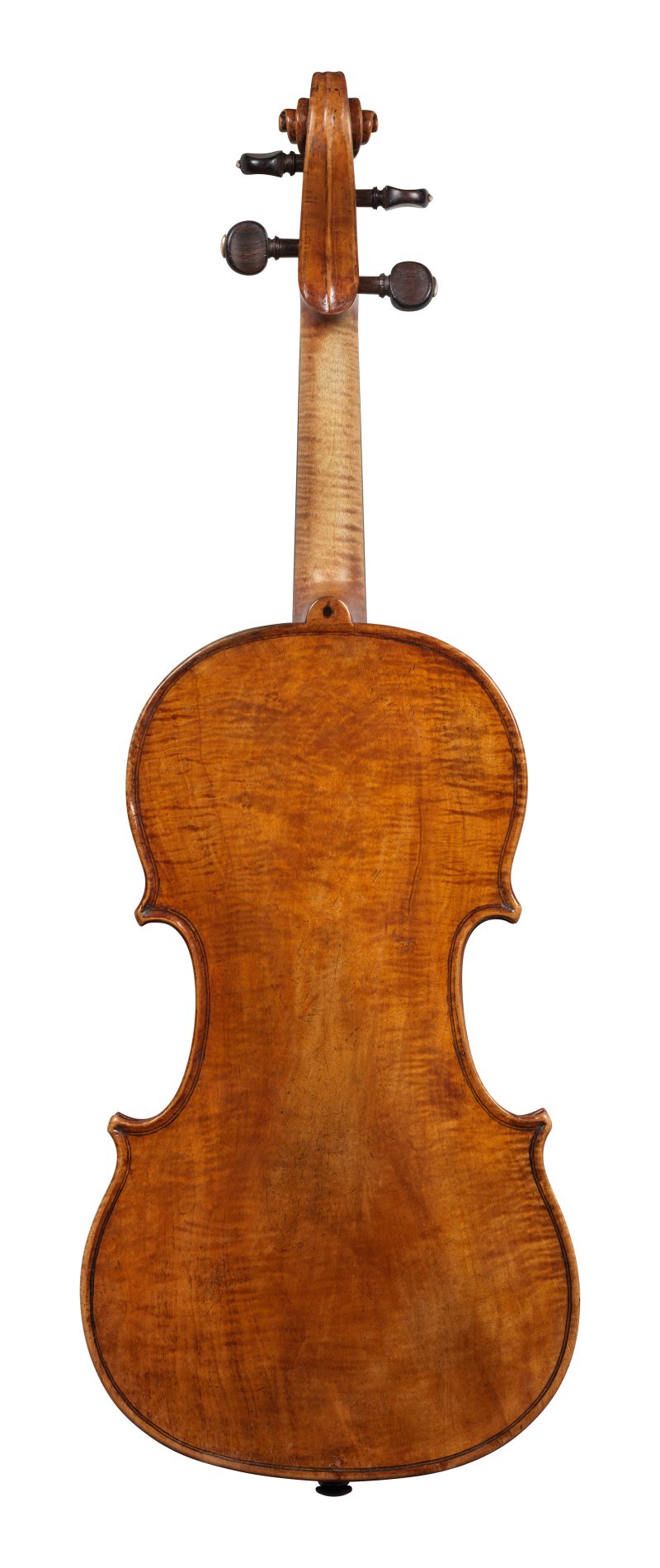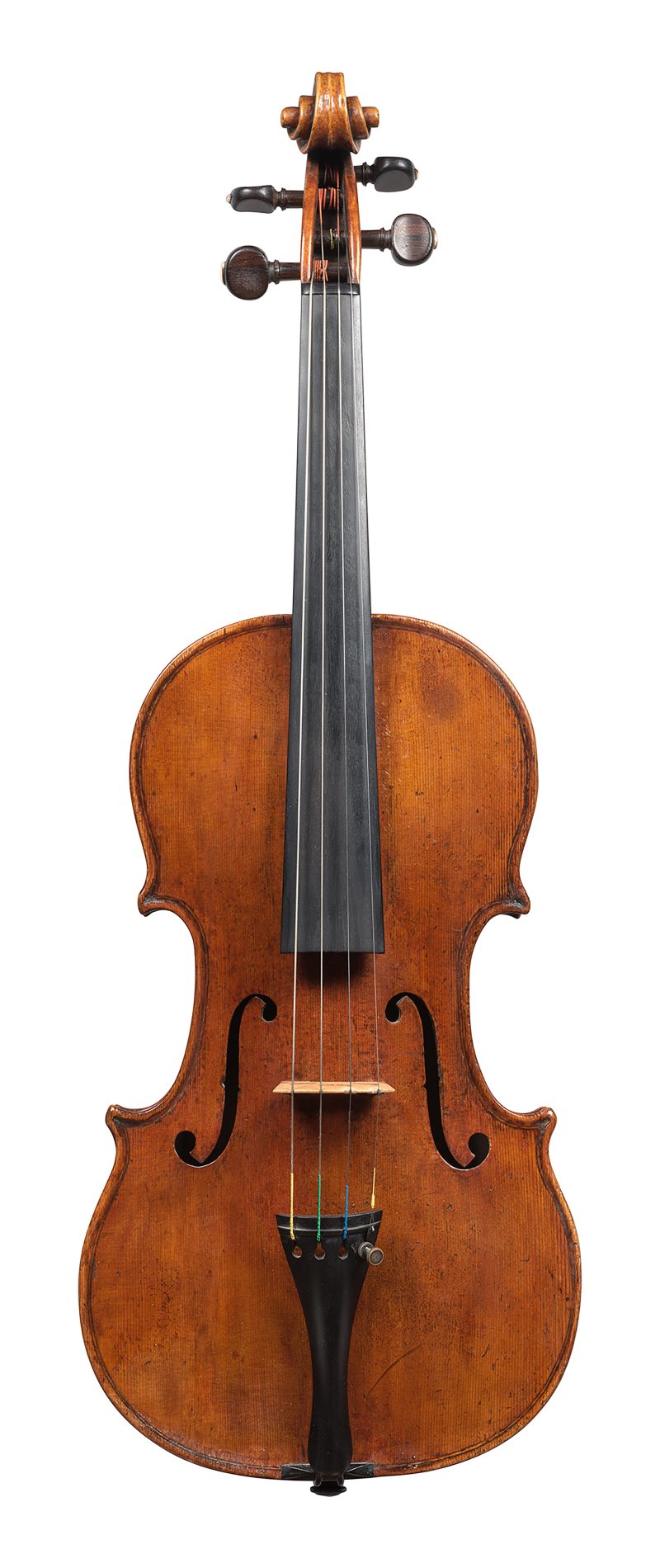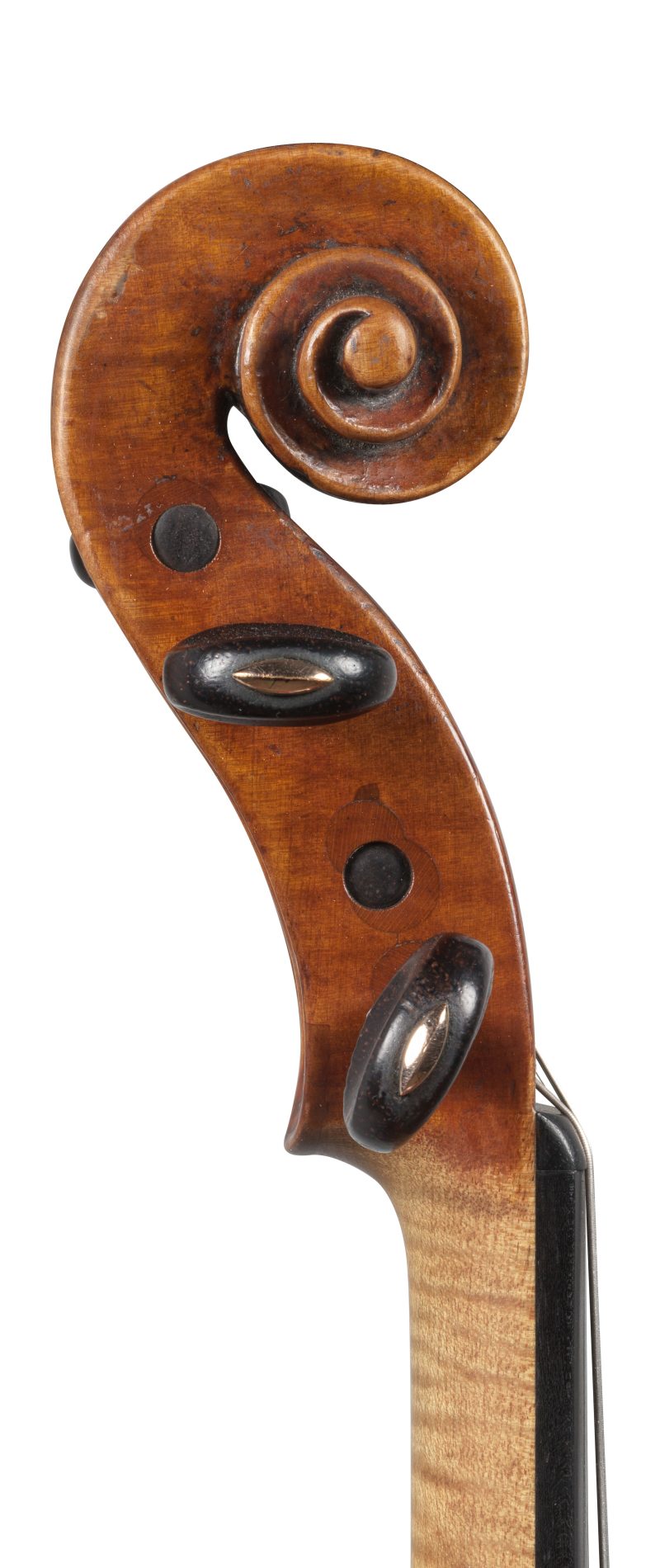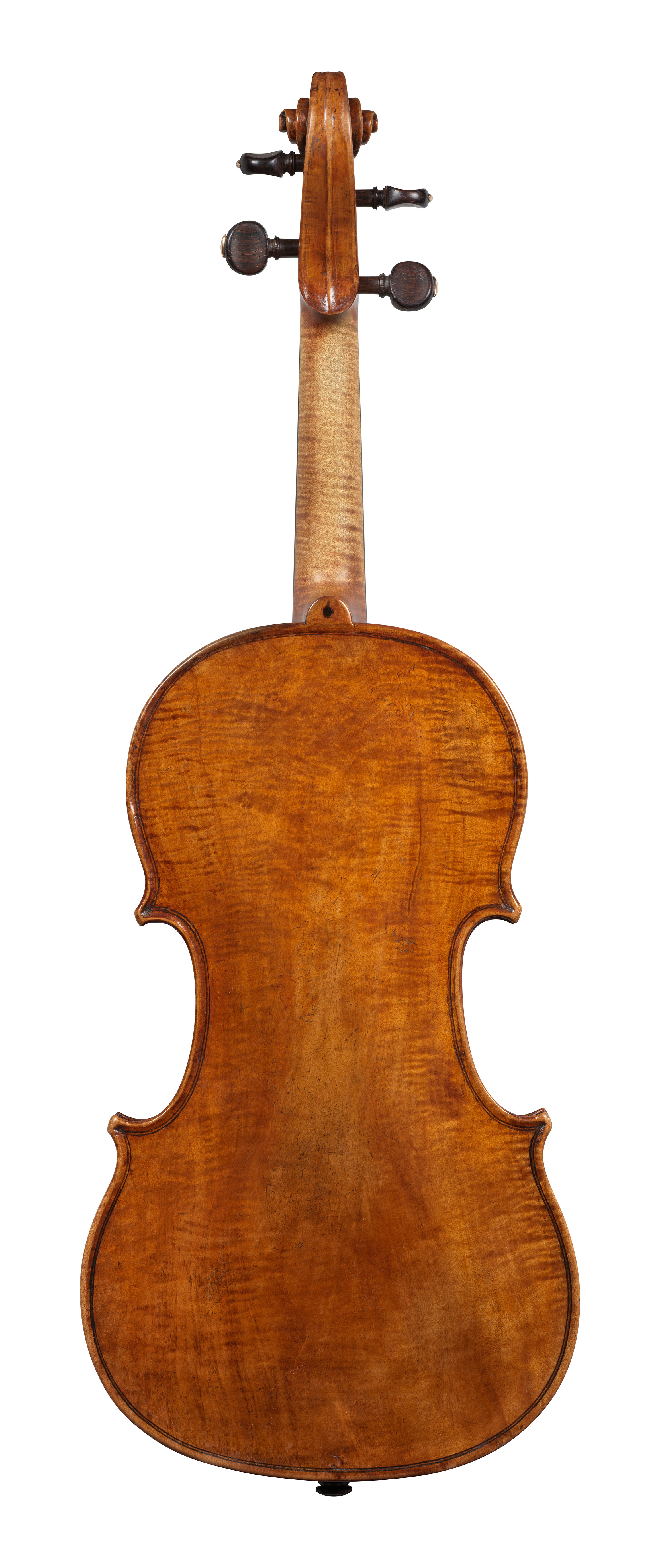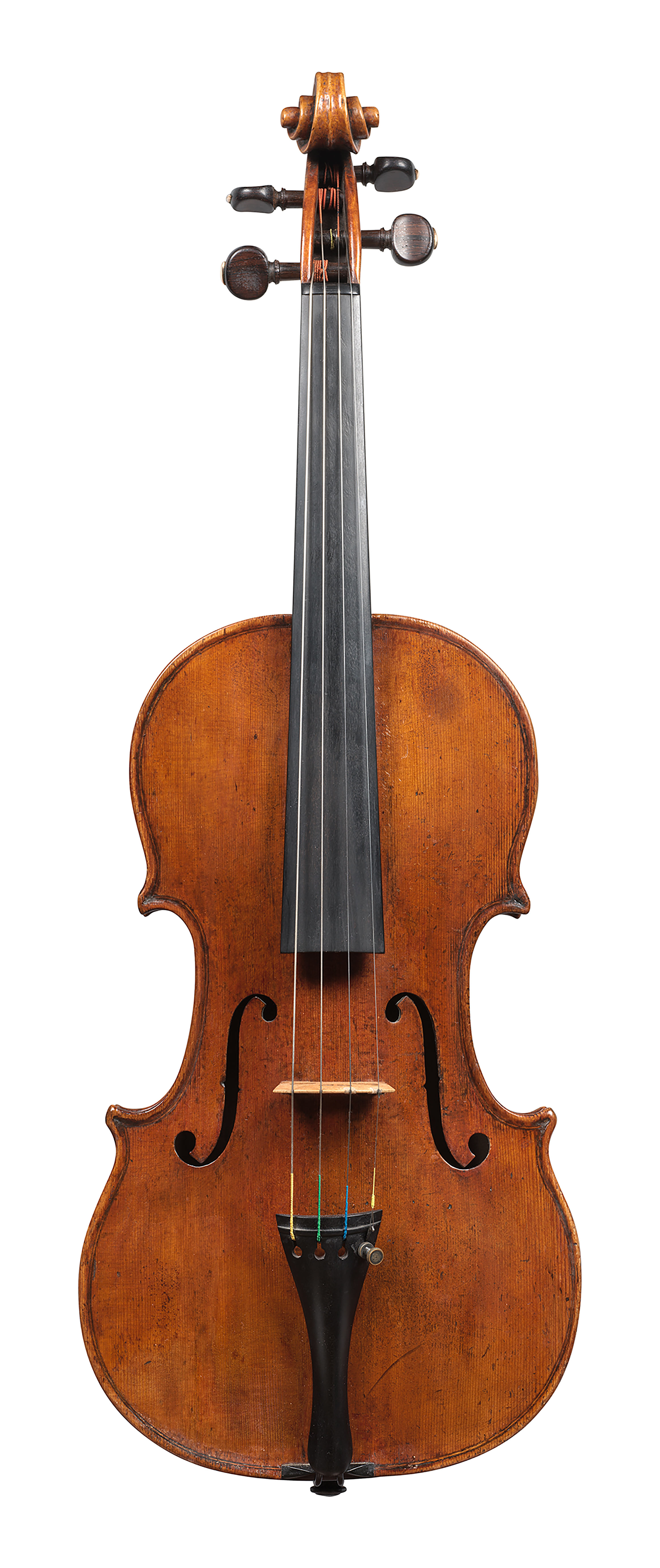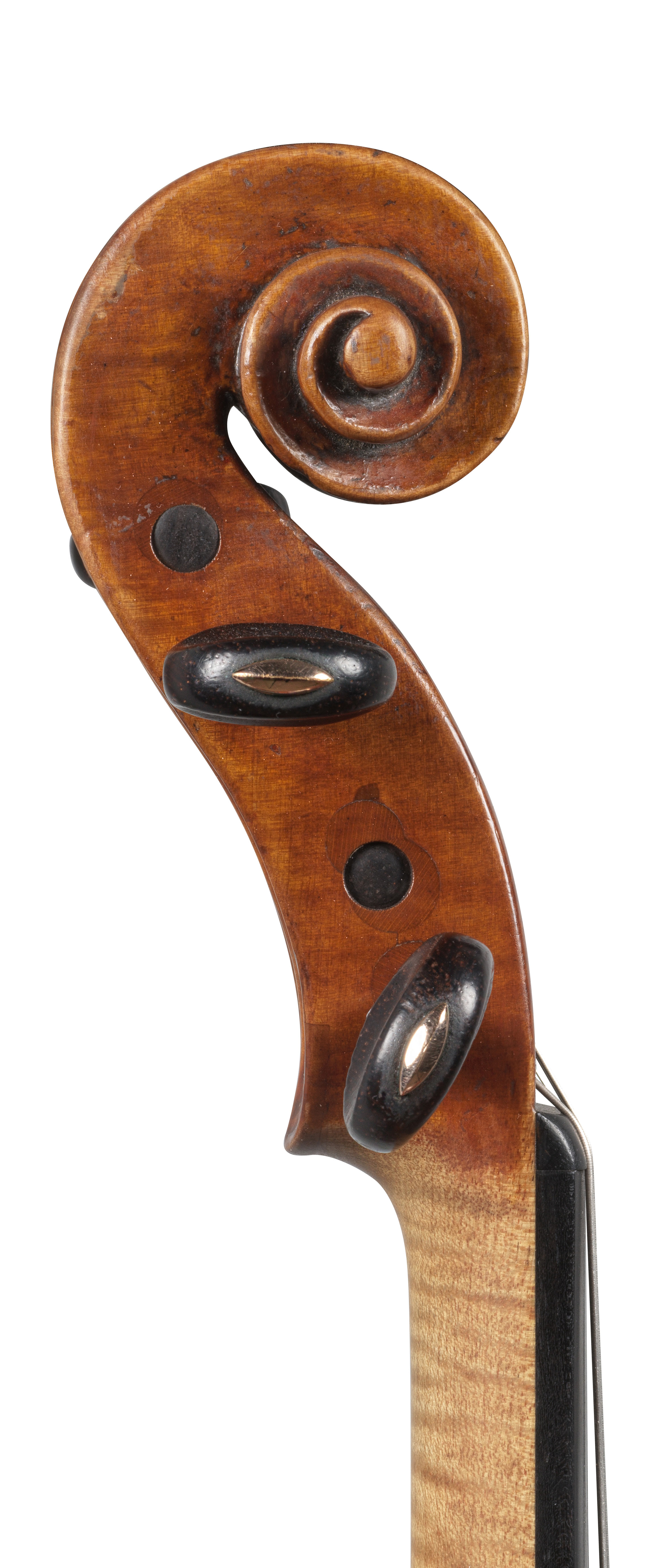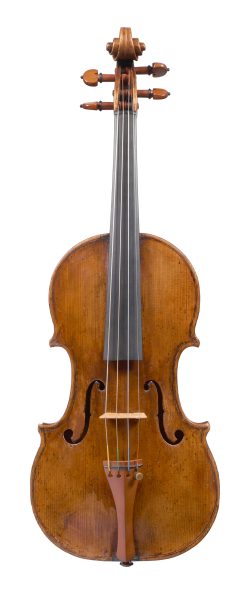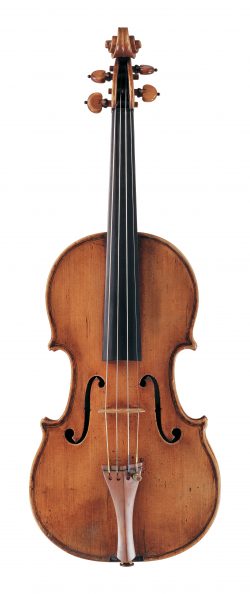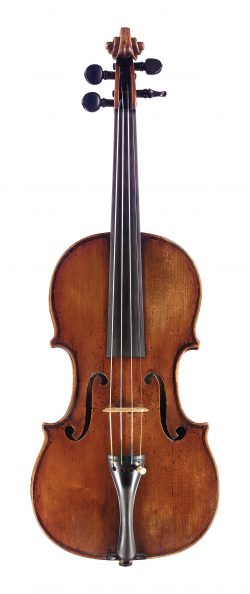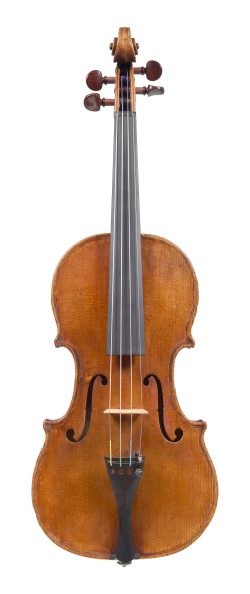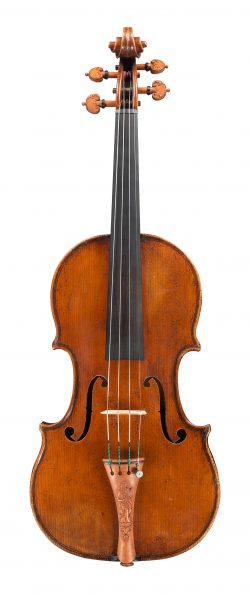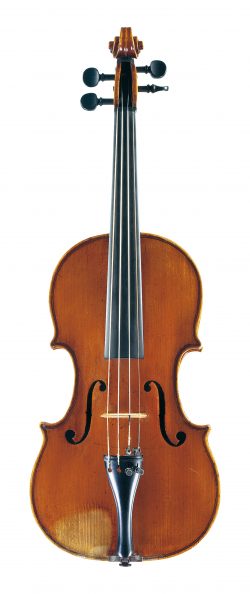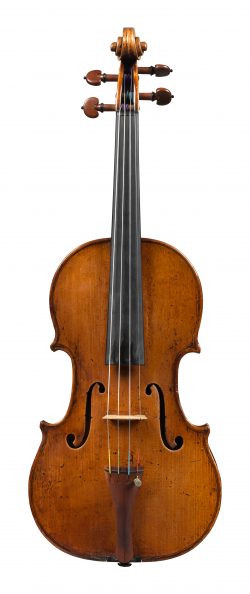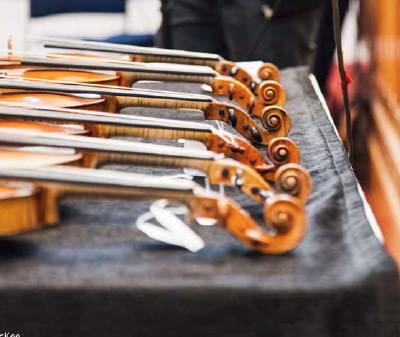A violin by Tommaso Balestrieri
Mantua, 1780
Considered to be the leading Mantuan violin maker of the 18th century, Tommaso Balestrieri’s work is highly sought after. Although little is known about his early training, influences of the... read more
A violin by Tommaso Balestrieri
Mantua, 1780
Considered to be the leading Mantuan violin maker of the 18th century, Tommaso Balestrieri’s work is highly sought after. Although little is known about his early training, influences of the classical Cremonese school are evident in Balestrieri’s work. He perfected his personal model over many decades and constantly improved the outline and arching of his instruments. This instrument, inspired by Stradivari’s late work, is a very representative example. It has a very healthy and big sound, with a dark range of overtones and a particularly quick response.

